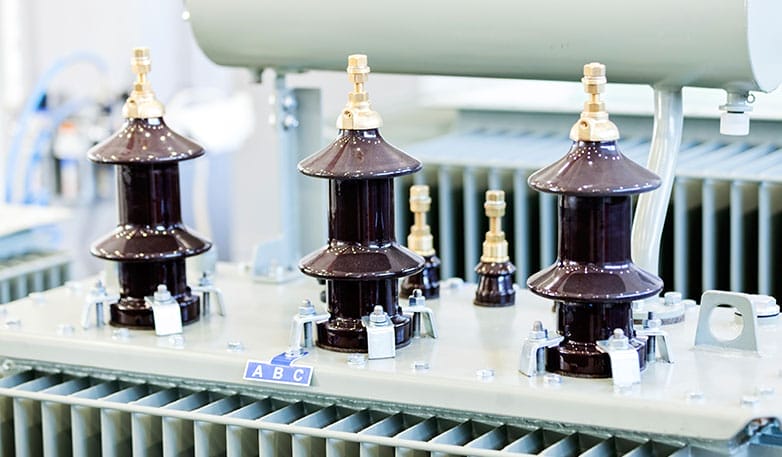Energy Harvesting
A Sagentia white paper.
The prospect for smart cities and smart homes means we are always on the lookout for innovative power solutions. Energy fields such as heat, light, and sound are all around us, so can we collect that energy and power things? This white paper defines energy harvesting and how it works, considers when energy harvesting is appropriate and looks at future applications that could be enabled by energy harvesting as the technology matures.
For existing devices, you often can't just replace the battery with a harvester. But for many emerging applications that are designed around ultra-low power consumption, it is easier to do. However, there must be a match between the energy required and the energy available and this can be hard: there are physical limits to the energy available from each energy field and only some energy fields are available in each location.
As energy harvesting technology matures the focus is shifting from the individual components of the harvester towards new applications enabled by harvesters. We can expect energy harvesting powered wireless sensors and actuators in industry, transport, cities, hospitals, and one day in us too: researchers have developed an experimental pace maker that is able to draw 1/3 of the power it requires from blood flow.
Our markets

Our consultants, scientists and engineers redefine what’s possible and help R&D groups across the medical, industrial, consumer and food and beverage sectors achieve commercial return from their opportunities.
Our projects

We have completed over 10,000 projects for start-ups and global market leaders alike, from understanding the market & technology landscape through to developing and delivering complex products.

